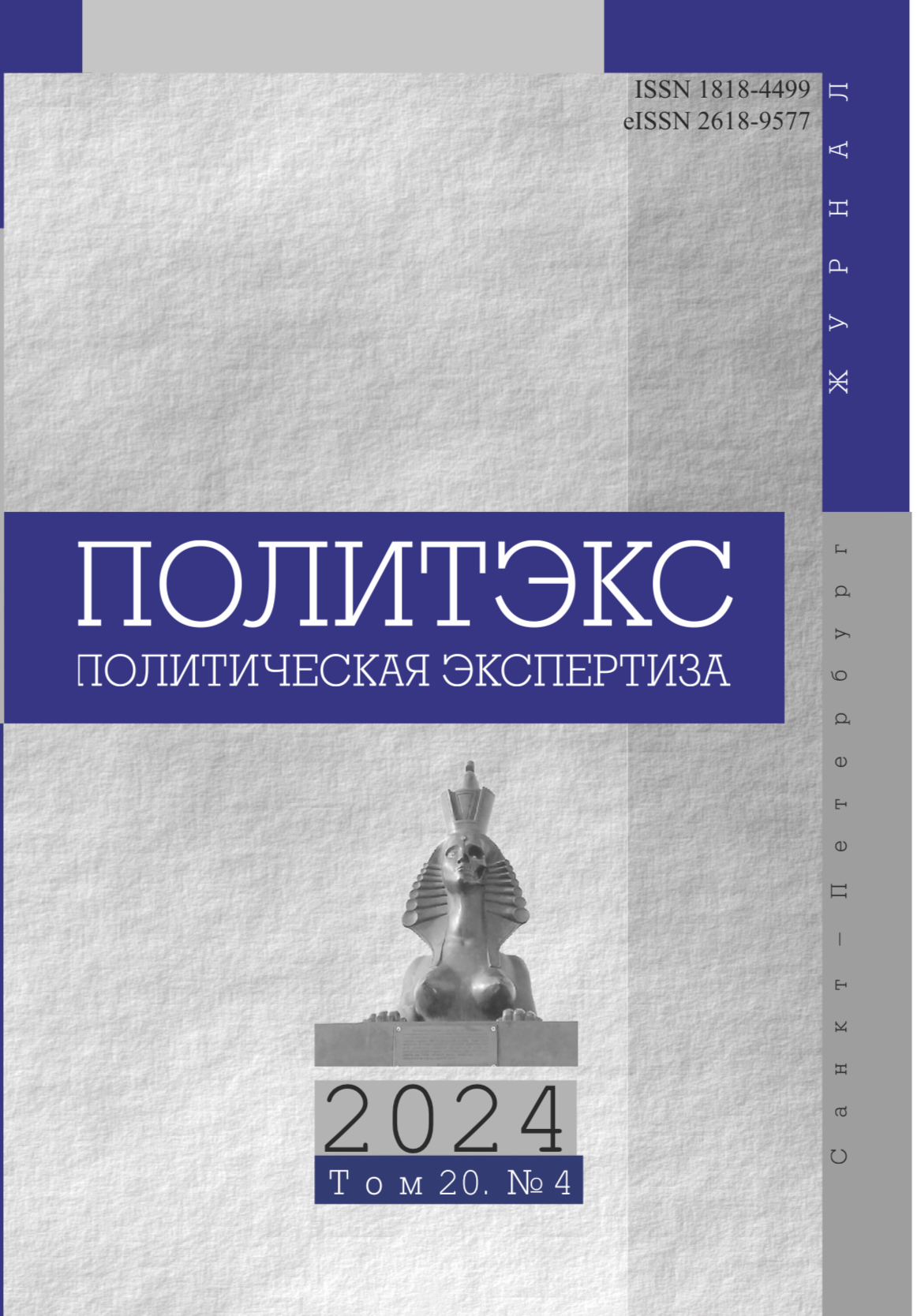THE EVOLUTION OF CHINA’S APPROACH TO MULTILATERAL COOPERATION FORMATS IN CENTRAL ASIA
DOI:
https://doi.org/10.21638/spbu23.2024.407%20Abstract
Since the early 1990s, China has been increasing its presence in Central Asia (CA). Currently, China is one of the leading economic partners for the countries of the region and is actively developing cooperation in other areas. This article is devoted to the evolution of Beijing's approach to multilateral cooperation formats in Central Asia. The authors set themselves the following tasks: to consider the stages of the formation and development of the SCO; to identify points of disagreement between China and Russia within the SCO and identify their causes; to study new instruments of China's policy in Central Asia within the framework of the economic initiative "Belt and Road", as well as the "5+1" format. It is concluded that in China's foreign policy in Central Asia, the SCO will serve as a "geopolitical showcase" that demonstrates a non-Western approach to the world order, while real interaction will take place within the framework of the Belt and Road initiative and the C5+1 format. The contradictions between the Russian Federation and the PRC regarding the further financial and economic development of the SCO have led to the fact that, in fact, no common project has been implemented within the organization that would include all member countries. The divergence of views between Moscow and Beijing on some issues of the institute's development does not mean that China no longer intends to use it in the implementation of its foreign policy.
Keywords:
China, Central Asia, Shanghai Cooperation Organization, C5+China, One Belt– one Road
Downloads
Downloads
Published
How to Cite
Issue
Section
License
Articles of "Political Expertise: POLITEX" are open access distributed under the terms of the License Agreement with Saint Petersburg State University, which permits to the authors unrestricted distribution and self-archiving free of charge.




